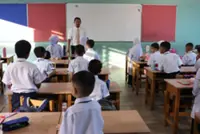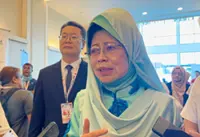HULU SELANGOR: Aminah Harun had been waiting at the government clinic in Batang Kali here for nearly four hours and there was no indication of when her turn would finally come to see the doctor.
The 63-year-old mother-of-two has been suffering from diabetes for 10 years and was at the clinic for her follow-up check-up. She was there along with dozens of other elderly patients who were forced to wait in a tent erected outside the clinic as the air-conditioned waiting room inside was already packed with patients.
Already a subscriber? Log in
Save 30% OFF The Star Digital Access
Cancel anytime. Ad-free. Unlimited access with perks.





